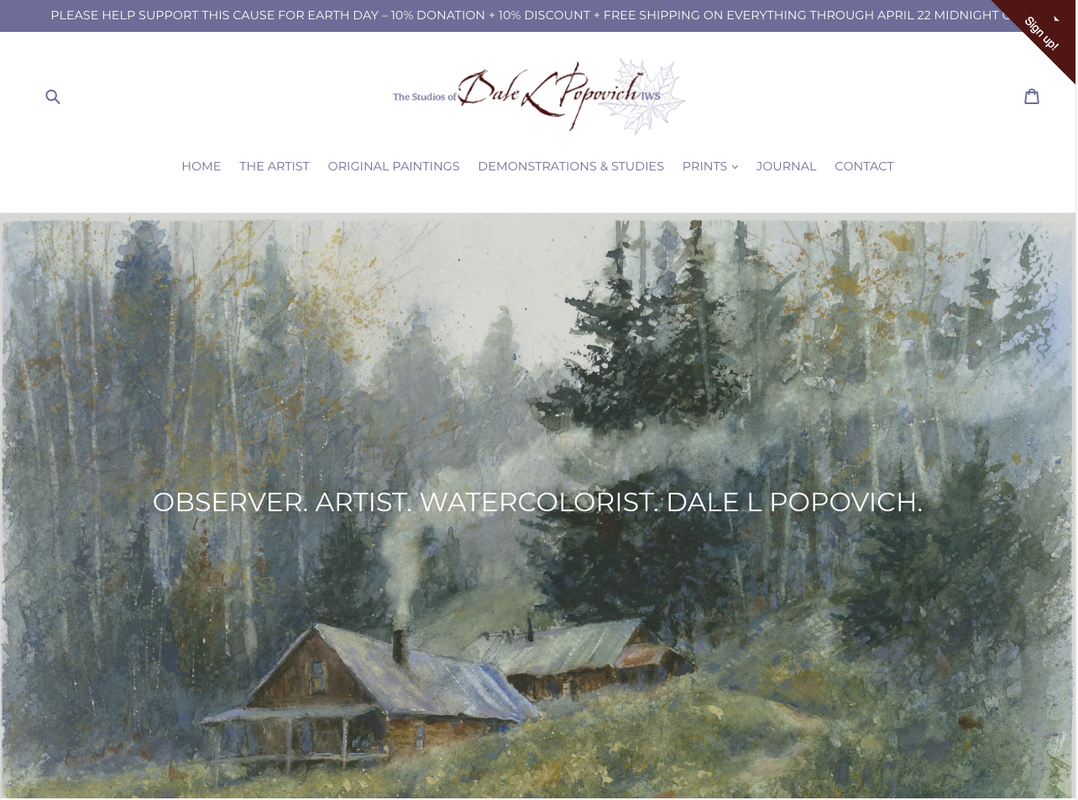|
NOTE: THIS VIDEO WAS FIRST BROADCASTED ON MY FACEBOOK PAGE. BECAUSE OF THE INTERNET AND BAND USAGE THE IMAGE GETS BLURRY. SORRY. I had my fourth Watercolor Escape Saturday last weekend on April 11th. If you are new to this my wife, Marilee and I are committed to broadcasting a Facebook Live every Saturday at noon CST till our lives kinda get back to some type of normal. We want to offer an escape even for an hour or two. Reference In this week's blog post I have included the video now on YouTube (edited as a paint-along) and my demo notes. Here's what you will find:
To learn more about my brushes and tried and true supplies head over to my Supply List & Library page. Click on the Supply List above for my personal printable list. The Video We have edited and added more information to the Facebook Live video. Click on the button and head over to my YouTube page. Don't forget to subscribe to my page. and leave a comment. The Painting A few weeks back one of my online watchers asked if I would do some rocks. So I thought I would paint rocks with a waterfall showing them how to recompose a photo and leave out the unimportant and how one could be left with the essentials of the photo. My main goal of this painting was not only the rocks but how to handle the water flowing over and around them. How layering the watercolor and the colors themselves could be applied to have the illusion of the water flowing over the rocks and moving down the falls. In finishing the waterfalls I used a razor blade to create the spatter of water and get a better feeling for the overall movement of the water. I spent a little bit more time back in the studio after the Facebook Live broadcast. I added some key values and colors to push the water out towards the viewer. I also took the liberty of adding gouache with color added to give a little bit more volume and dimension. 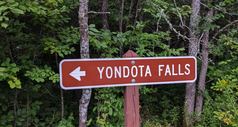 The Location Yondota Falls in the UP of Michigan. MAP. The falls are located deep in the forest of Marenisco Township, MI, and are part of the Presque Isle River. Yondota Falls is a short walk from Copps Mine Road at the bridge over the Presque Isle River. The dynamics of the water flowing are ever-changing almost like a fine bottle of wine from year to year. No two years are alike. We have been hiking there for nearly 13 years during all four seasons. During that time the water is stained with tannic acid from the tamarack trees giving the water a weak coffee color. Yandota Falls is a series of falls, so be sure you walk far enough to see them all. The trail is not long but does drop in elevation along the river, so the uphill return hike may make this a moderately difficult trail.
I have supplied additional websites below with more information I depend on and great photos to help you plan your trip look below. https://www.uptravel.com/attractions-2/waterfalls-of-the-u-p/ https://www.fishweb.com/maps/gogebic/waterfalls/yondota/index.html
In Conclusion That's it for now. I hope we will see you next Saturday at noon CST on my Facebook page for another Watercolor Escape Saturdays. Remember to leave a comment below, tell me what you think and what you would like to see in the future. Wash your hands and your brushes, Dale Note About Copyright
During this last broadcast of Watercolor Escape Saturdays, I was asked about copyright of these paint-alongs. You have permission to use and paint these reference materials. But you don't have permission to use it as a teaching tool to instruct others. In addition, your finished painting cannot be used in an art competition or show. This is solely used as a learning tool. AFFILIATE DISCLOSURES Amazon: As an Amazon Associate, I earn from qualifying purchases. Blick Art Supplies: I earn a small commission from qualifying purchases.
0 Comments
You are wondering what FOREST BATHING is and what does it have to do with collecting photo reference. It means "taking in the forest atmosphere." I was reading an article in Time magazine back in May and it appears to be forest bathing is taking time to unwind and connect with nature to improve your health. Simply put: forest bathing is retreating to nature to immerse in the forest atmosphere. This is the healing way of Shinrin-yoku. It was developed in Japan during the 1980s and has become a cornerstone of preventive health care and healing in Japanese medicine. I didn't, but I've been doing this for years! I don't know about you, but plein air painting when the snow is flying, and it's in the 20's is not my idea of fun. Frostbite and frozen paint is not a pleasant painting experience. What I rather do is collect interesting subject matter throughout the year with my digital camera or iPhone, download to my iPad and lock myself in my studio with a hot cup of coffee. How do you get around not being overwhelmed by the surroundings? Try using a 'Viewfinder.' Cut two 'L' shaped pieces of mat board and clip together. This isolates your subject matter and will help with your photo reference composition. Keep a pair of these in your backpack because you will eventually use them when you start plein air painting. What are you looking for in a good reference? First look for the contrast of value. A strong light source is essential. Second, having a few large shapes balanced off with some smaller shapes. Why is an excellent reference essential? A good reference is important not only for inspiration but structural evidence and good definition. How do you use a reference to your best advantage? I identify the direction of the light source. Decide what to eliminate and focus on where the center of interest will be placed. Capturing scenes with a video camera is easier than ever with your smart phone Capturing views on video with stop action will allow you to see different movements. Whether people, water or clouds, every second can change the flow in the rush of the moment. Kakabika Falls, October, 2012 It can also be a historical record of weather conditions. In the case of Kakabika Falls the water flow is down to a trickle exposing a prehistoric beauty. We may never see this again in our lifetimes. With the video I can study the most Intimate details of nature. To view photos of the falls in years past click here and see the astounding difference. Below is our visit a year later and look at the difference in water Kakabika Falls, October 2012 It can also be a historical record of weather conditions. In the case of Kakabika Falls, the water flow is down to a trickle exposing a prehistoric beauty. We may never see this again in our lifetimes. With the video, I can study the most Intimate details of nature. To view photos of the falls in years past click here and see the astounding difference. Below is our visit a year later and look at the difference in water. SEASONS I highly recommend you revisit locations at different times of the year. I feel this helps deepen your understanding of nature.
The above photos are from two different years – notice the water levels. The river rose 2-4 feet due to spring rains and winter snow levels. Nature never stays the same. So, revisit some of the same places again. PERSPECTIVE Talk about aerial perspective
Taking time to unwind and connect with nature to improve your health and capture the best photo reference. Remember forest bathing is retreating to nature to immerse in the forest atmosphere and bring that feeling back to your studio. #ForestBathing #PhotoRefference #Watercolor |
Dale L Popovich IWSDale is an award-winning watercolorist and teacher passionate about capturing the raw beauty of the American landscape with the fluid stroke of a brush. As you will see, the works selected in his portfolio represent the depth of his holistic approach to painting. You can also learn with this talented and experienced teacher through his workshops, Palette & Chisel, and Popovich Studio classes. Archives
April 2024
Categories
All
|
|
INSTRUCTOR
Palette & Chisel 2024 Workshops & Demos ONLINE LEARNING Watercolor Escape Saturdays TIPS and TECHNIQUES Thursdays ZOOM Palette & Chisel Academy of Fine Arts ADDITIONAL INFORMATION Popovich's Field Journal Newsletter WATERCOLOR ART SUPPLIES Watercolor Paints Watercolor Brushes Watercolor Supplies DALE L POPOVICH IWS LIBRARY Books & DVDs BUSINESS BOOKS LIBRARY Books & Podcasts |
©2024 Dale L. Popovich. IWS, Drawing & Painting TIPS and TECHNIQUES Thursday, In the Comfort of Your own Studio tm, Towering Winds Academy of Fine Arts tm, and Teaching People to Truly See tm All Rights Reserved.
|
|
©2024 Dale L Popovich, Towering Winds Academy of Fine Arts and The Studios of Dale L Popovich IWS. All rights reserved
Copyright © 2024 Rosemary & Co Artist's Brushees LTD |

Handmade and maintained by POPovichDESIGN
[email protected] |


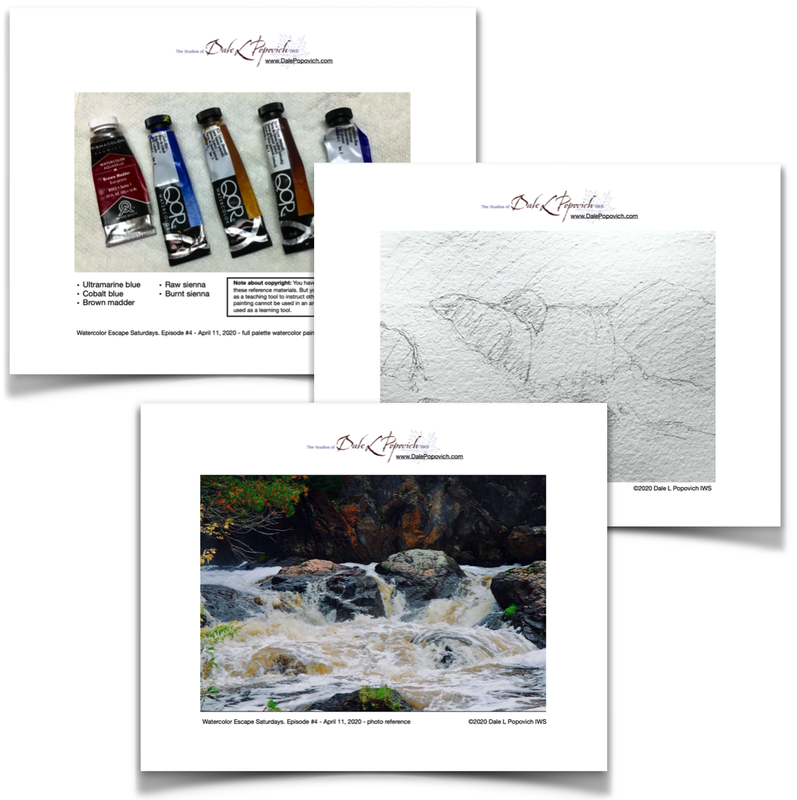
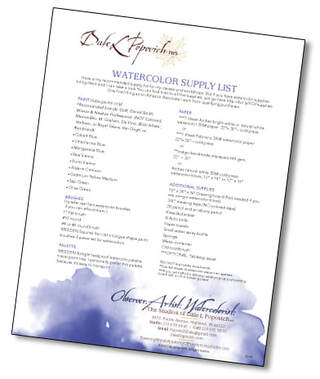
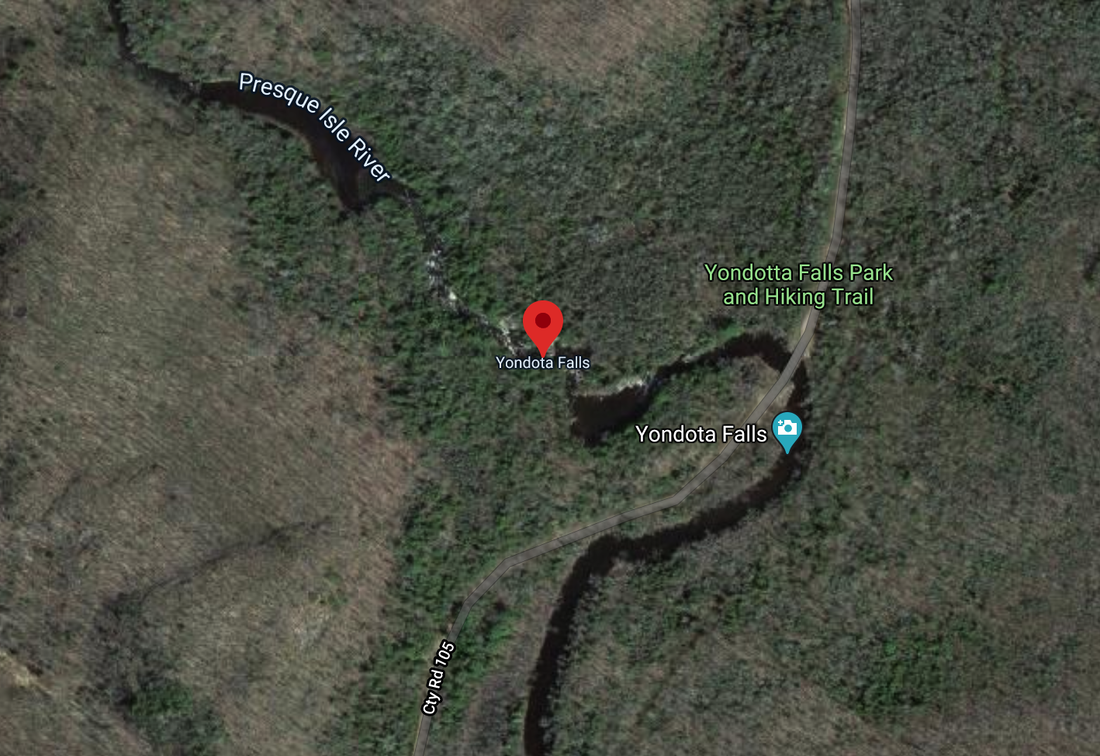
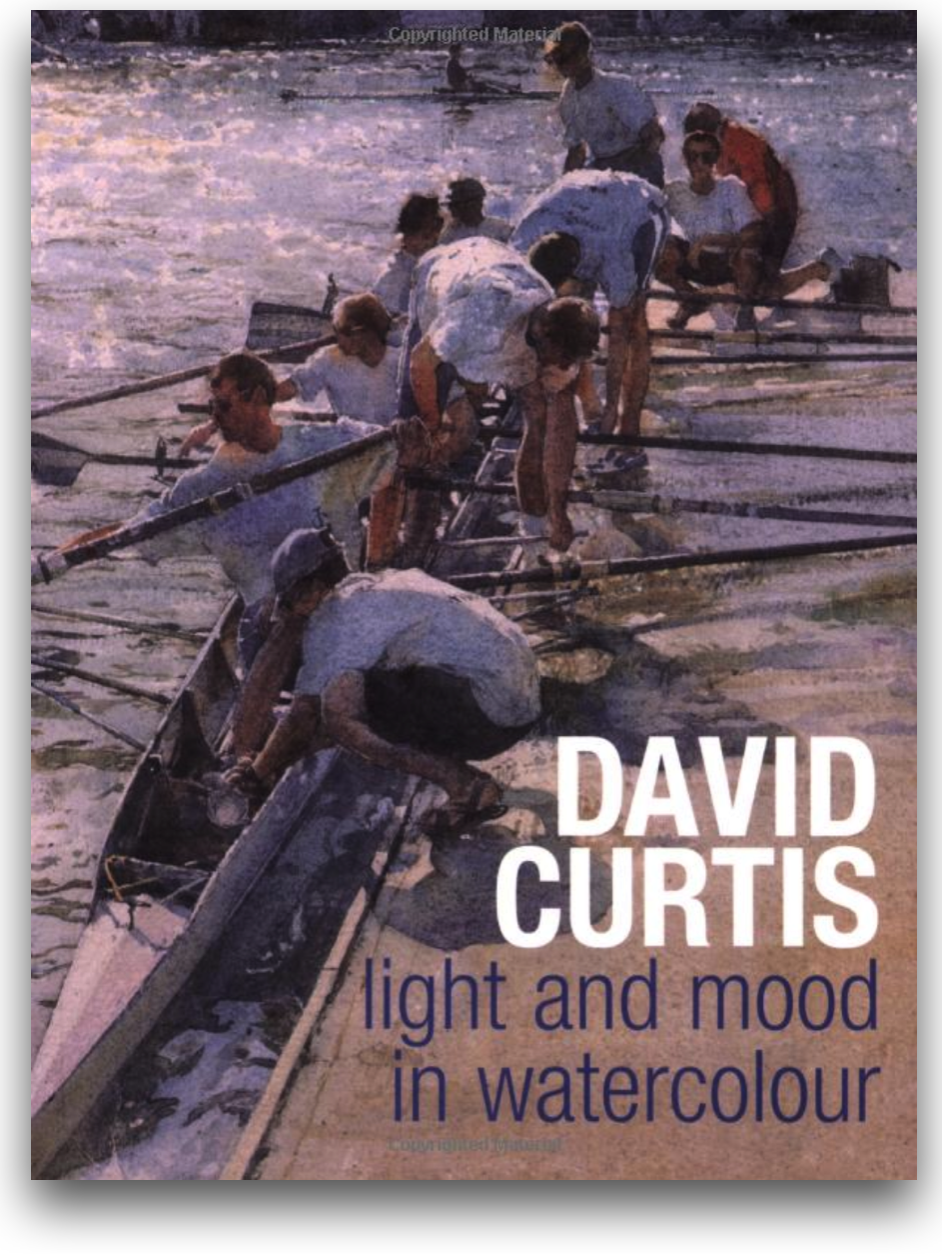
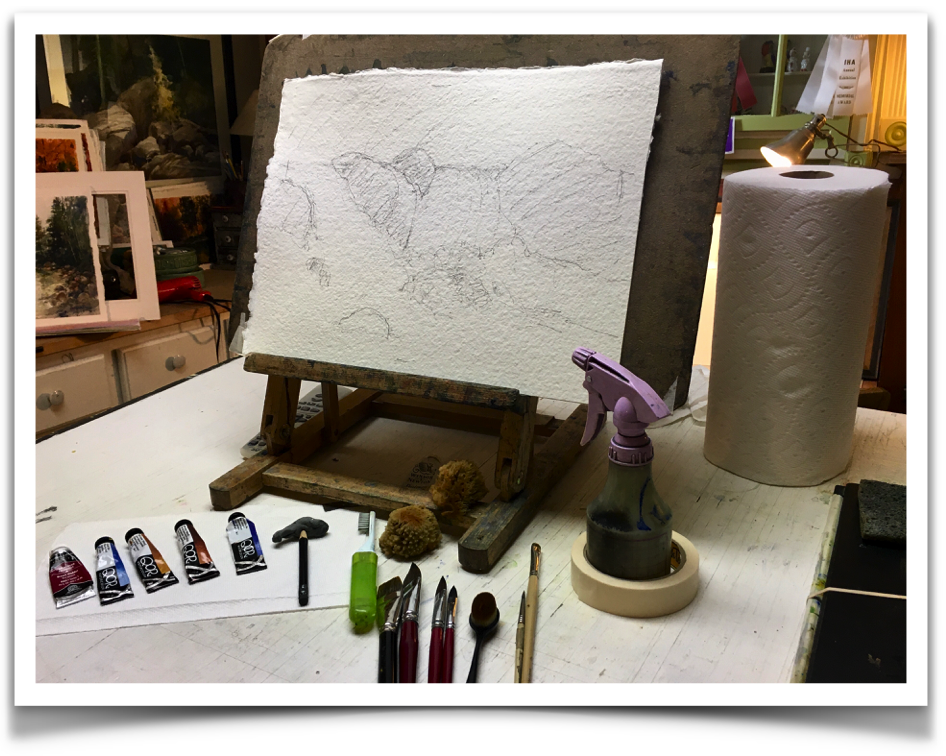
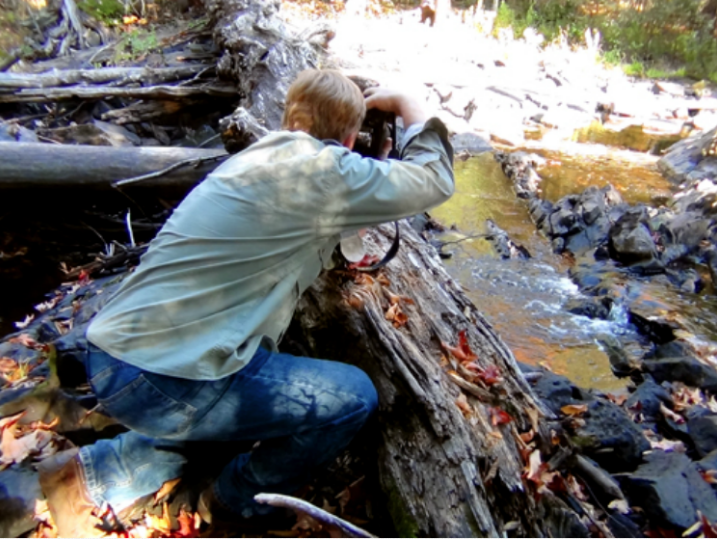
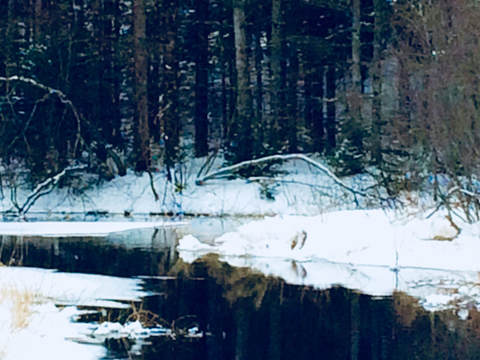
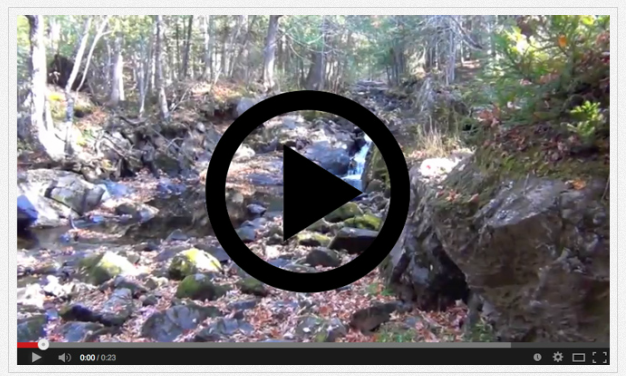
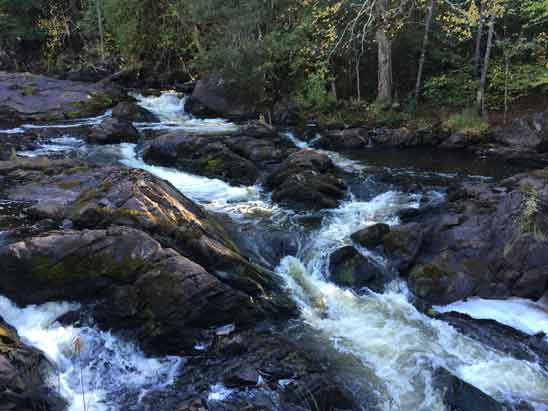
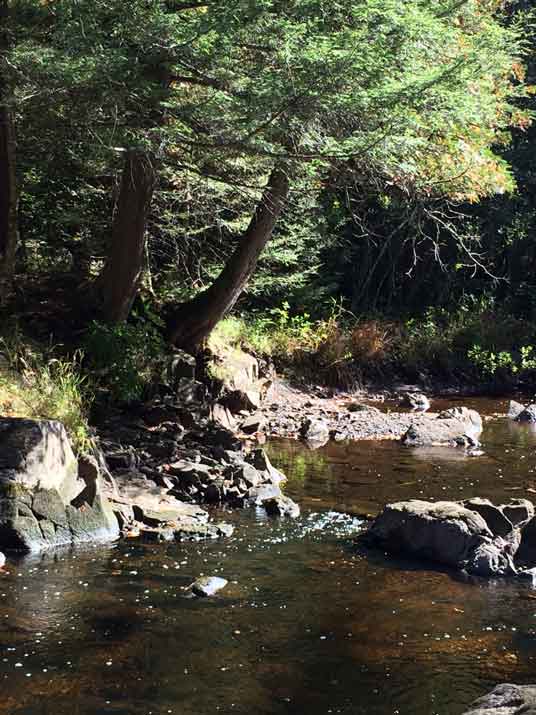
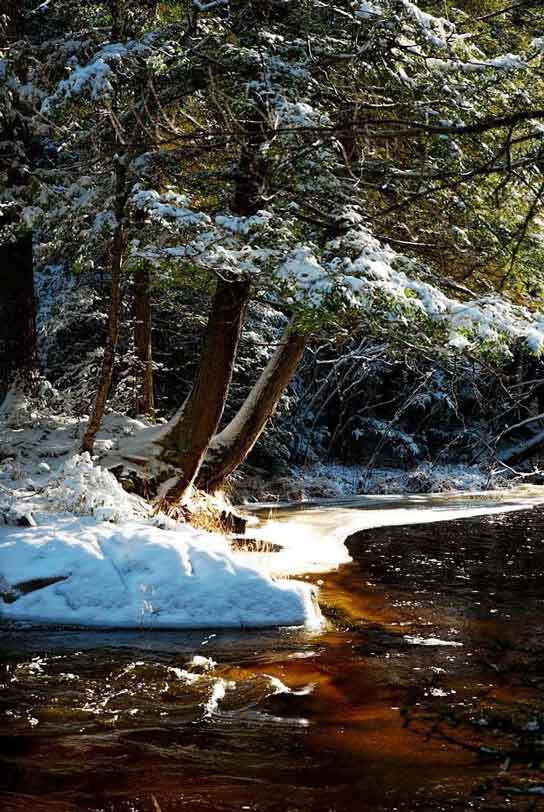
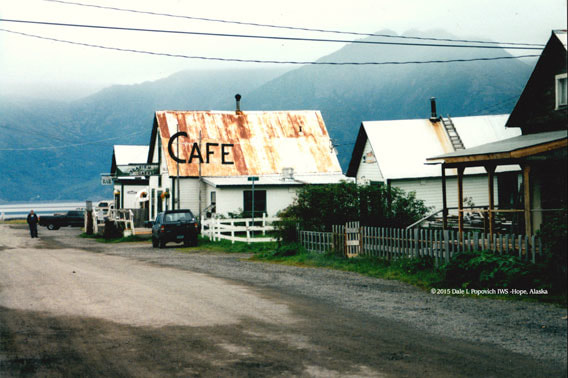
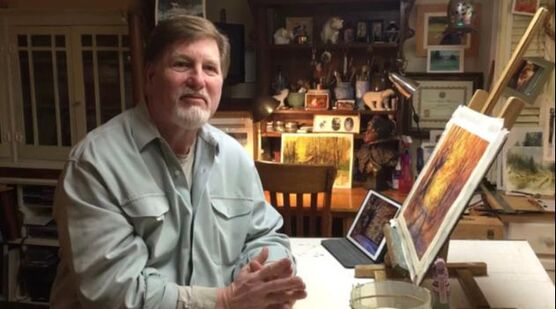
 RSS Feed
RSS Feed
